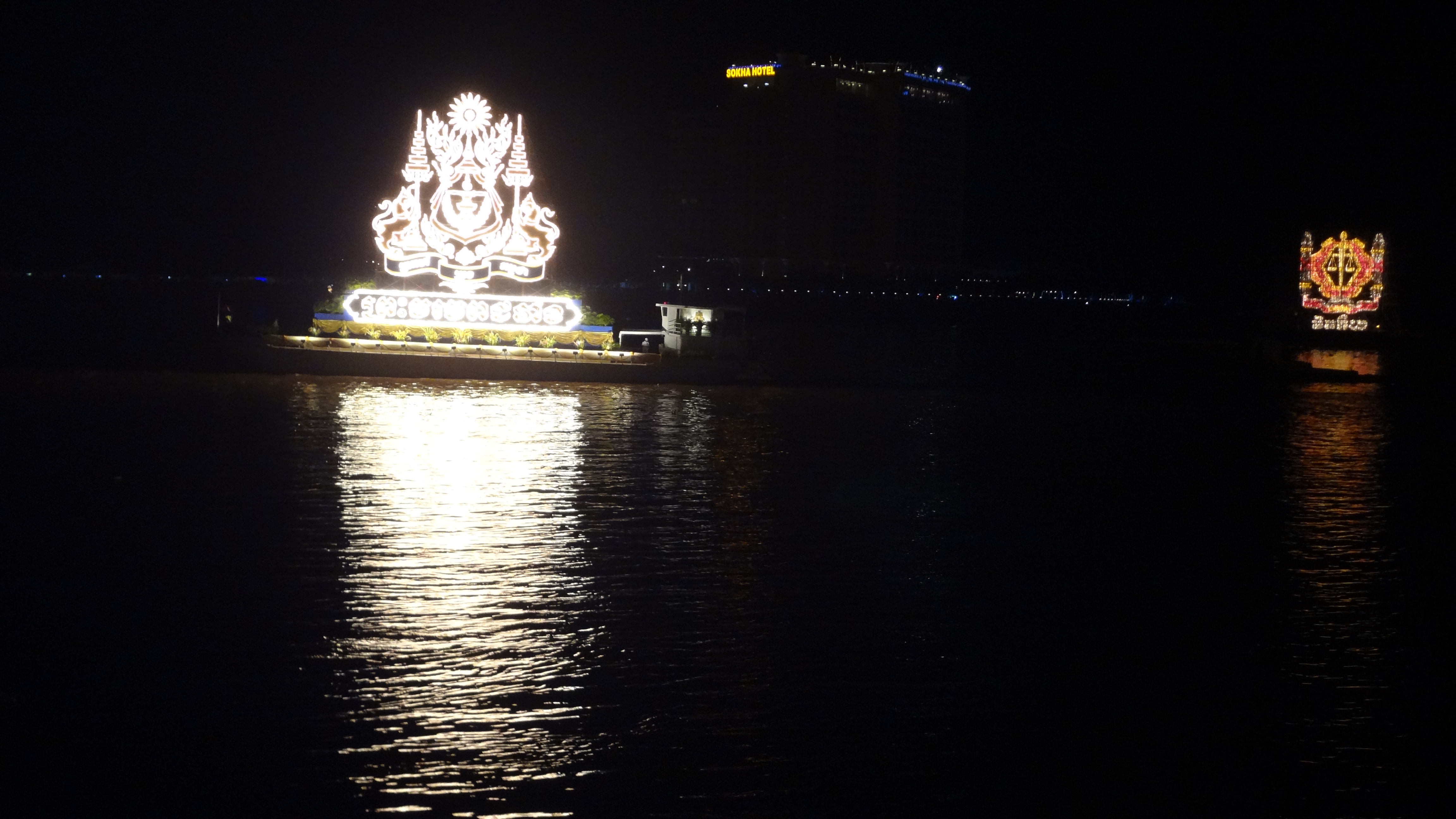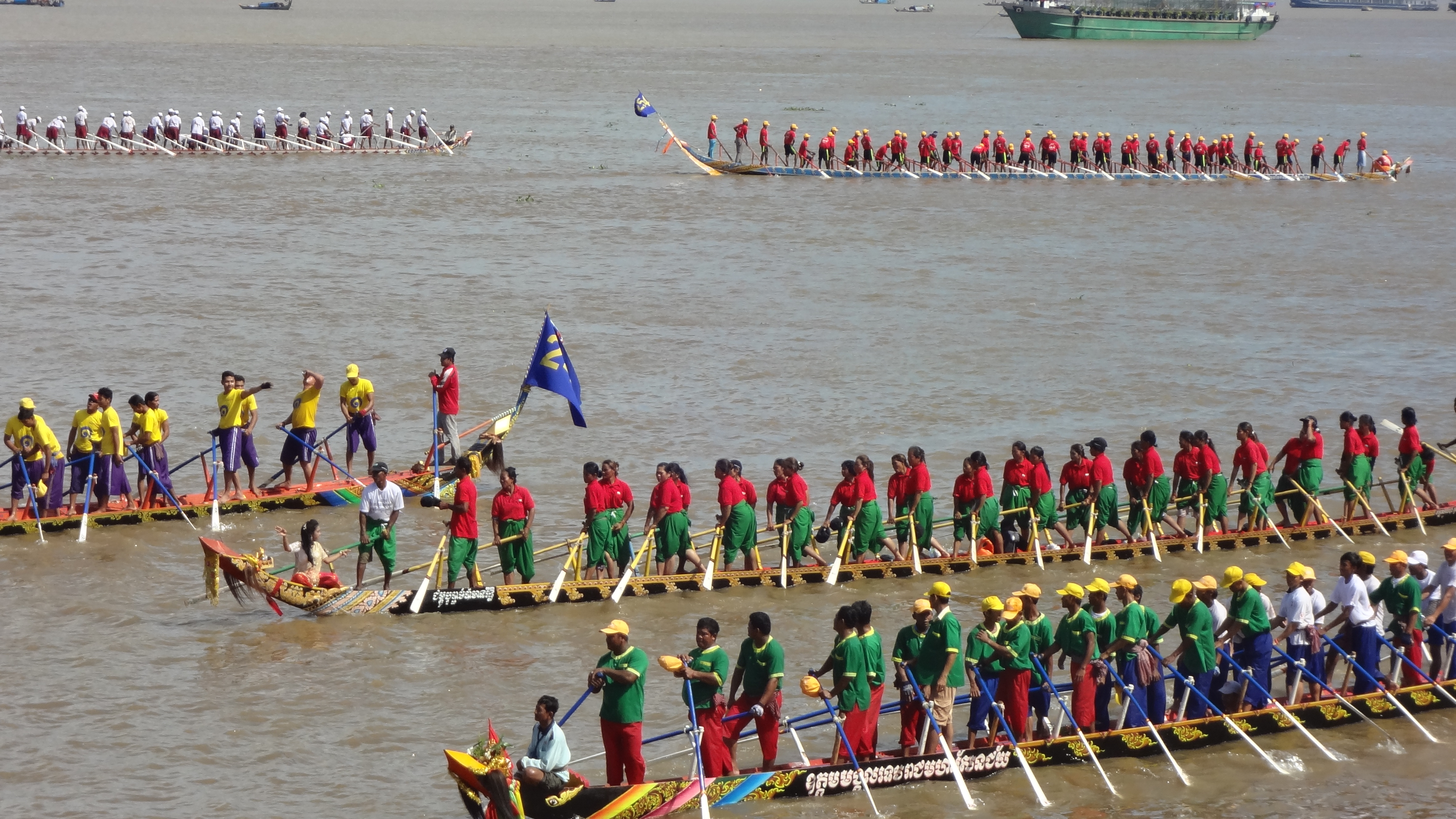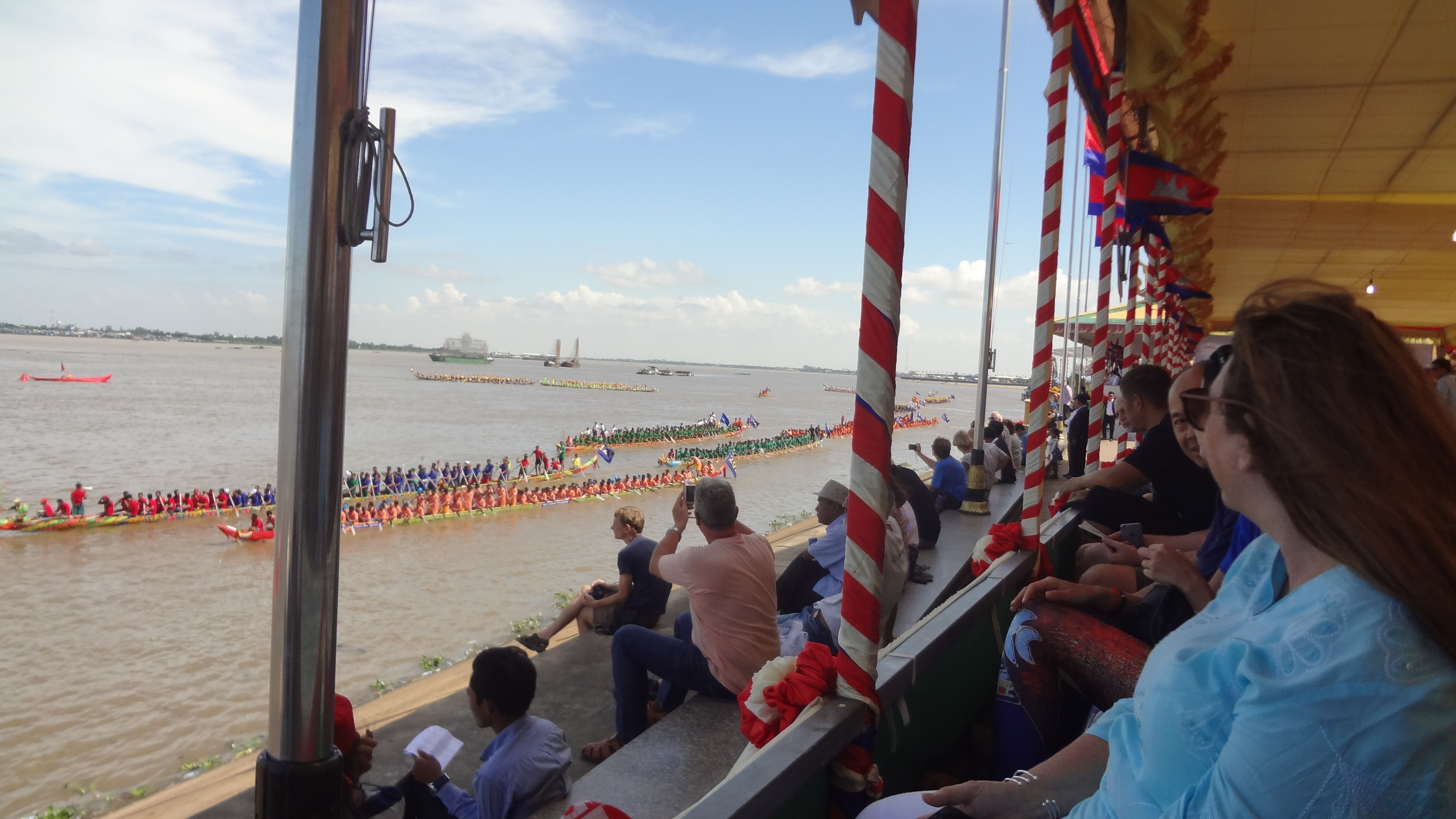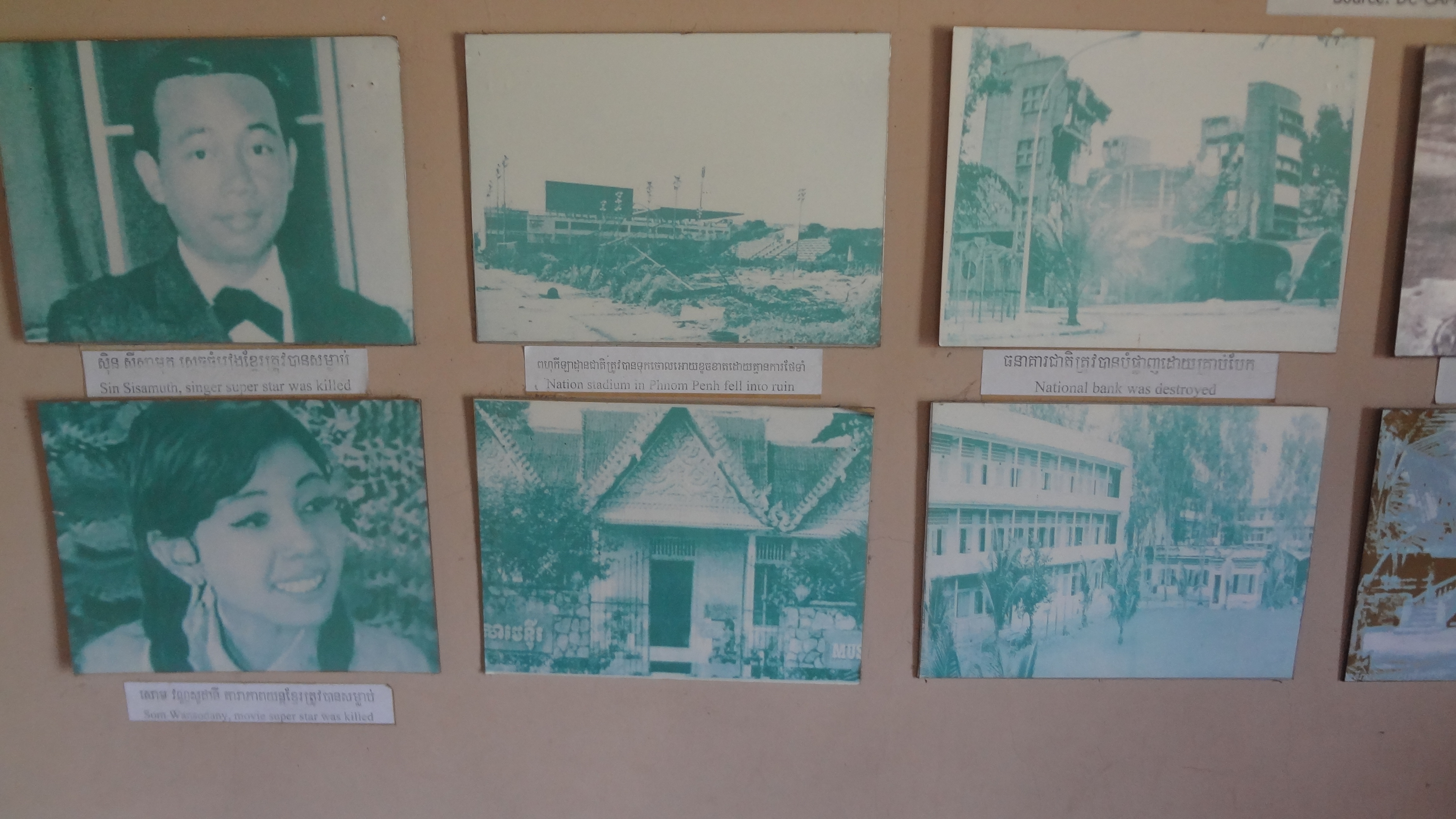Phnom Penh-a great Cambodian City
http://www.visitorsdetails.com
Time began with the Big Bang about 13.77 billion years ago. Our universe originated and began expanding from Day One which included the formation of our planet Earth. But not so long ago, on 17th April 1975, a Cambodian school teacher Pol Pot (who had been to Paris on a scholarship to study Radio Electronics and returned to Cambodia to take up a teaching assignment) declared Year Zero in Cambodia. That was in line with the concept of Year One declared during the French Revolution. The idea was to discard and destroy all culture and traditions within the society and bring in revolutionary culture. President Lon Nol fled Cambodia on 1st April 1975 following a bloody civil war that lasted for five years. And on 17th April 1975, a swarm of locusts in the guise of Khmer Rouge descended on Phnom Penh to devour teachers, artists, and intelligentsia of the Cambodian capital. Pol Pot’s intention was to eliminate threats to his idea of an agrarian society. That was the beginning of carnage that even seemed to surpass the Holocaust under Hitler in many ways. Pol Pot's army flushed out their own people, i.e. Cambodians. Forcibly sent those to toil and perish on remote agricultural fields due to vagaries of exposures to the unfriendly and totally alien atmosphere, and those who showed or hinted even slightest resistance were packed off to detention and torture camp in the city (S-21 Prison – a High school taken over by Khmer Rouge). Brother Duch, also referred to as Butcher Duch, was the head of this prison camp. The prisoners went through inhuman torture on instructions of this former school teacher before being taken for execution at an old Chinese graveyard about 15 km away from Phnom Penh. The executions were painful as axes, iron rods, shovels, etc. were used in place of bullets which were found expensive. After execution, the bodies were dumped in hastily dug shallow graves.
History has, again and again, proved that a strange metamorphosis occurs among highly educated and qualified persons. Genocides, all over the world, have been perpetrated by the educated lot. I am inserting the following lines of Haim Ginott, a Holocaust survivor, who wrote:
"I am a survivor of a concentration camp. My eyes saw what no person should witness: gas chambers built by learned engineers. Children poisoned by educated physicians. Infants killed by trained nurses.Women and babies shot by high school and college graduates.
So I am suspicious of education.
My request is this: Help your children become human. Your efforts must never produce learned monsters, skilled psychopaths or educated Eichmanns. Reading, writing, and arithmetic are important only if they serve to make our children more human."
I came across the above quote in The Telegraph, Calcutta of 10 May 2019, and decide to share this.
As I walked down the Killing Field (which is now Cheung Ek Museum) near Phnom Penh with an audio guide I was stupefied as to how such inhuman event could have taken place and that too for almost over four long years. So sombre is the tale of Cambodia in the seventies that it befuddles a normal human being to wonder as to how distorted and warped were the minds of the perpetrators and how they survive today with such memories as most of them went scot free. Strangest of all is that in the seventies when we were students, we never even got an inkling of such a massive genocide. Whereas we joined the world in condemning the gruesome acts of Hitler and his army during World War II. So hush-hush were the acts that it was only in 1979 that two Vietnamese photojournalists first discovered S-21 prison camp and since then till 2009 around 300 such Killing Fields and 23745 mass graves have been discovered in Cambodia. As on date a sordid statistics tell us that out of eight million Cambodians, Pol Pot wiped out three million from the face of our planet. Still, he lived a full family life with his grandchildren in a village near Thailand border till his death in 1998.
Phnom Penh today is a totally different metropolis. Kudos to the generation born after 1980. They have made the city benign and at the same time smart and lively. It’s a sheer coincidence that we stepped into Phnom Penh on the first day of three-day long water and moon festival. Initially, in our hotel rooms at Tea House Urban Resort, we mistook the boom after sunset for a thunderstorm. But when we were told about the festival we wasted no time and headed for the Mekong River. Illuminated Royal Palace, Illuminated boats floating slowly on the Tonle Sap river, fireworks producing huge multicoloured fireballs and exploding with thunderous sound just by the side of the full moon over the river were spectacles that heralded the start of three days water moon celebration. This festival signifies the victory of the naval force during the reign of Jayavarman VII in the 13th century, a unique phenomenon of reversal of current in Tonle Sap river (the river starts flowing towards the Mekong), beginning of the fishing season and coincidence of full moon of the Buddhist calendar month of Kadeuk. With each boom of thunder ball, the huge crowd would turn into an ecstatic rapture, cheering and clapping. A sense of euphoria prevails, which is commendable in a nation deeply disturbed and upset over the carnage that took place hardly forty years back. In the day Boat races take place on the Tonle Sap and Mekong where thousands of skilled oarsmen from all over Cambodia participate. As foreigners, we were given a place in the tent next to their Royal tent for watching the events. We were also served Cambodian Beers free – a part of their hospitality. The boat race was spectacular and colourful. We enjoyed every bit of it. We also saw the Royal Palace. The legendary King Norodom Sihanouk once lived in this palace. Now, most of it is a museum. Shunning all that happened in the past, Phnom Penh is a remarkable city. A clean city, wide roads, disciplined traffic, friendly Tuktuk drivers, nice Khmer and Vietnamese eateries and very hospitable locals- polite and always ready to help.
 |
Another view of the Royal Palace
|
 |
| Water moon festival takes place in November and regarded as the biggest festival in Cambodia. Decorated and Illuminated Boats parade slowly on the Tonle Sap River at Phnom Penh. As this is an age-old festival the boat is decorated with images of Angkor Wat and the nagas, |
 |
| View of another illuminated boat |
 |
| The Royal Palace on the shores of Tonle Sap and Mekong decorated and illuminated on festival nights. |
 |
| Crowds throng the sprawling area outside the Royal Palace to watch the fireworks. The full moon can be seen behind the fireballs. |
 |
| The cute mannequins of Cambodian ladies welcome you to the Royal Palace. |
 |
| The Royal Palace of Cambodia |
 |
| Another view of the Royal Palace |
 |
| The main thoroughfare outside the Royal Palace in Phnom Penh |
 |
| Colorful Boat Races take place on the river Tonle Sap and Mekong during the three days long Water Moon Festival. Skilled oarsmen come from all over Cambodia and are held on a grand scale in Phnom Penh |
 |
| A view of the Boat Race |
 |
| Pavilion for foreign tourists. |
 |
| Silk Island on Mekong River |
 |
| Watching the process of silk weaving |
 |
| Evening Cruise on the Mekong |
 |
| Phnom Penh from the Mekong |
Photographs of Choeung Ek Killing Field near Phnom Penh
 |
| Choeung Ek Genocidal Center. This monument marked by Buddhist stupa encase around 5000 human skulls exhumed from the mass graves of the Killing field and can be viewed through clear acrylic windows constructed on all the sides of the memorial. |
 |
| Killing Tree |
 |
| A view of the Killing Field. Pits are still littered with human bones and signs are put all over cautioning against stepping over the bones |
 |
| This is the spot where trucks used to offload the hapless victims. |
 |
| Working office of the Executioners |
 |
| The Killing Tools. These tools were used as bullets were costly |
 |
| Pol Pot |
 |
| Photographs of a celebrated singer and actress of Cambodia who perished during Pol Pot's regime |
 |
| Nice highway which connects Siem Reap and Phnom Penh, and passes through lovely countryside,traditional Khmer houses and rice paddies. |
 |
| Giant Ibis buses are very comfortable. Although there are no onboard toilets, these buses stop at places en route where proper washrooms are available. It stops for lunch or refreshment at Banyan Tree restaurant on NH 6 near Kampong Thom |
Photographer: Arundhati Sengupta
Getting to Phnom Penh: We travelled by giant Ibis Bus from Siem Reap to Phnom Penh. This is a comfortable and exciting mode of travel between the two places which are about 300 km apart. The bus journey takes around 5 hours. Tickets are available online.
Where to stay: There are several good hotels at Phnom Penh. We stayed at TeaHouse Urban Resort. It is close to the Royal Palace and also very centrally located. From the Ibis Bus stop, we had taken a Tuktuk to come to this hotel. This hotel has excellent massage parlour, swimming pool, WiFi, etc. Breakfast was complimentary. We booked this through Booking.com. There is a TukTuk stand right outside the hotel. Tuk Tuk service is also available for S-21 Prison and the Killing Field which is around 15 km from the city. It takes around 35 to 40 minutes from the hotel to the Killing Field. It takes around half a day at the Killing Field.
Booking.com Search Box.
(
You may search for your suitable hotels here)
Booking.com





















Comments